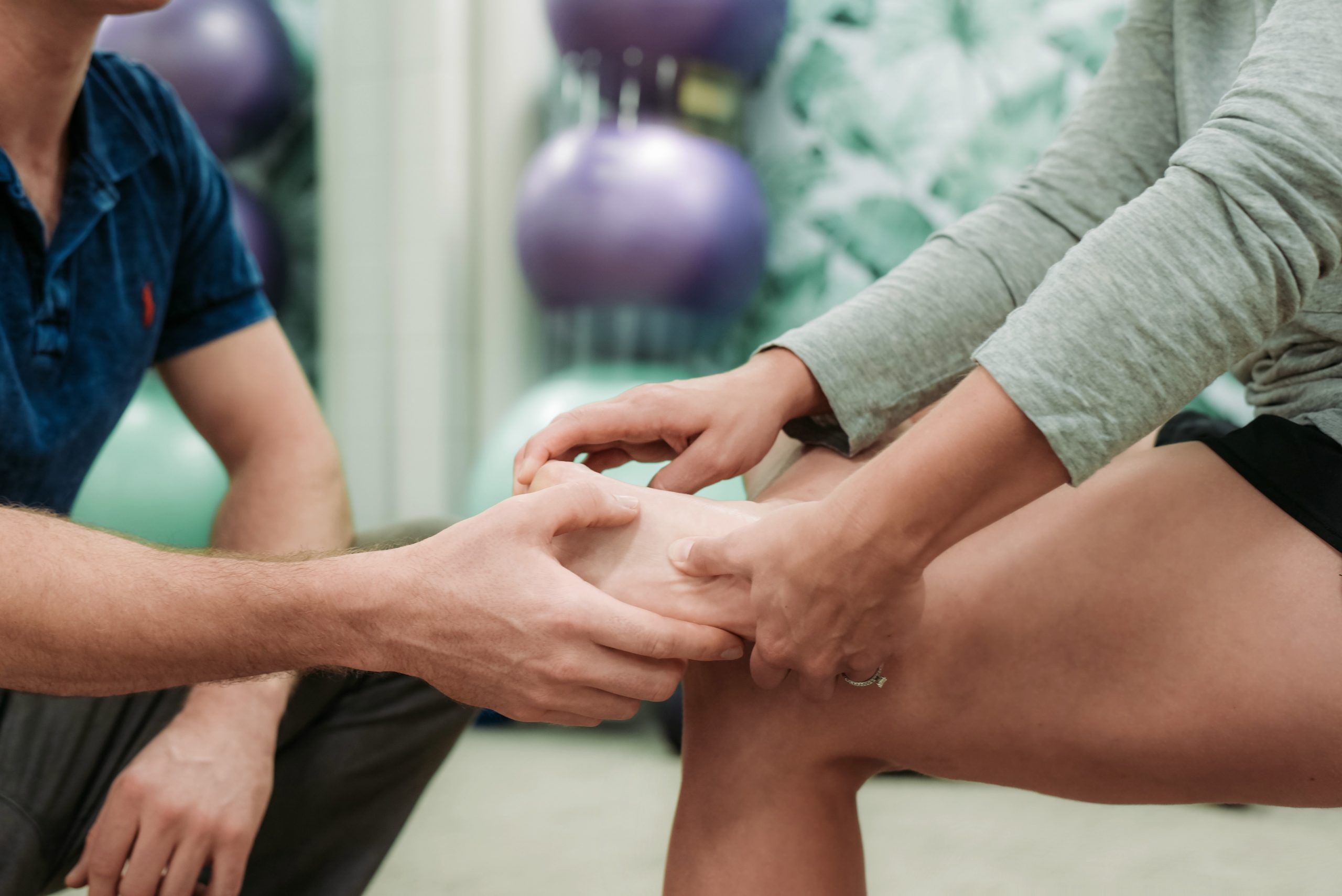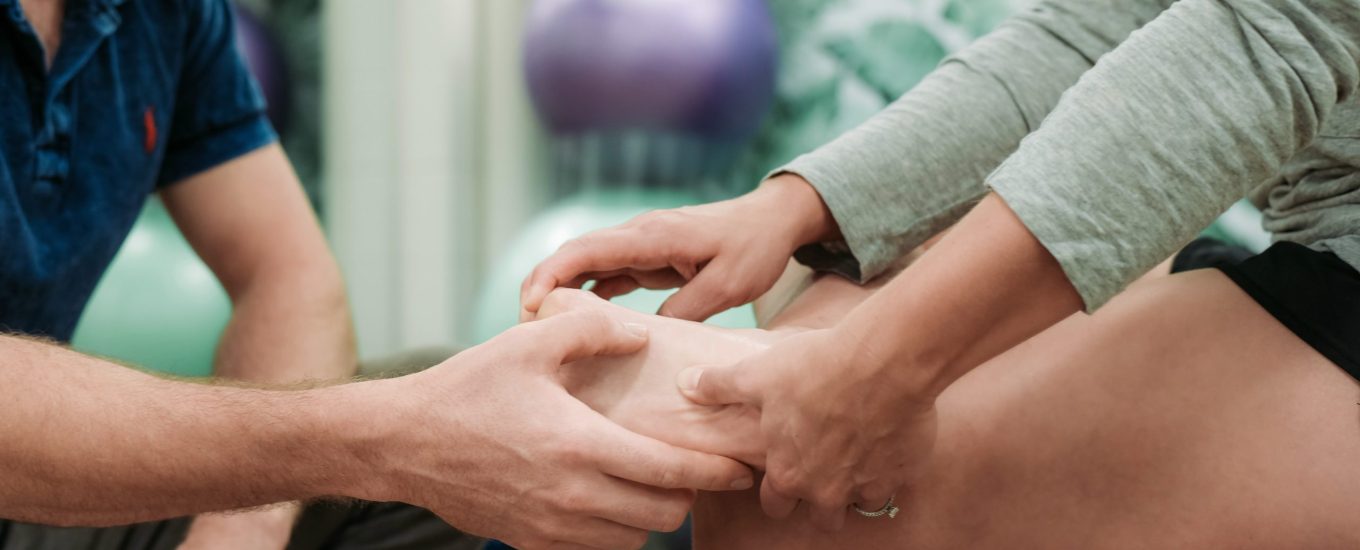Achilles tendinopathy (heel pain)

CATEGORY: SPORTS & MUSCULOSKELETAL
Achilles tendinopathy (heel pain)
How can we help?
A very common condition that can cause pain over your heel is Achilles Tendinopathy.
What is an achilles tendon?
Your achilles tendon is where your calf muscles – specifically your gastrocnemius and soleus muscles, start to join together to attach to your calcaneus, or the back of your heel. Your achilles tendon is the largest tendon in the body.
What is achilles tendinopathy?
Achilles tendinopathy is the technical term for inflammation, degeneration or irritation of the achilles tendon.
What causes achilles tendinopathy?
Firstly, tendons love LOAD! For tendons to be loaded, our associated muscles need to contract, in the achilles tendon’s case, your calf muscles.
If your calf muscles are particularly weak (lacking strength), fatigued (due to overuse or a sudden increase in use) or tight (due to everyday adopting a shortened position), the integrity of the tendon that the muscles join together to form, can develop tendinopathy – pain, inflammation or degeneration.
For example, if someone has not regained their mobility in their ankle after an ankle sprain they experienced, the muscles that pass over the ankle (your calf muscles) can become weak and tight.
Another persons’ calf muscles may be very fatigued as they have recently started doing hill sprint training – which requires a lot of power from your calf muscles. Because the muscles are fatigued, they will not be able to contract through their optimal range and can lead to irritation of the achilles tendon – the point where the muscles join together to attach to the bone.
Symptoms
- Pain at the back of your ankle just above your heel which is often worse in the morning
- Swelling at the site
- Thickening of the tendon itself
- If very chronic, there may be a bone spur on the back of your heel, or calcification in within your tendon
Contributing factors
- Lifestyle change – suddenly starting a new exercise routine especially involving running or jumping (often resulting in fatigued calves)
- Had a rest from exercise and then started up again at an intense level
- Unsupportive footwear – causing your ankle joint to remain in a suboptimal position, for example if you have a very pronated feet (flat feet) and you continue to wear unsupportive footwear, you could be limiting your ankle range, resulting in poor contraction of the calf muscles that cross the ankle joint. Alternatively if you are wearing high heels everyday, you are potentially causing your calves to shorten and therefore they become weaker and are unable to contract most effectively.
- An injury on your other leg, causing your load to increase on the newly sore leg resulting in fatigue and therefore suboptimal ability to work!
- Previous ankle injury causing limited range of motion of your affected ankle
- Perimenopause/menopause hormonal changes lead to changes in the integrity of your tendons.
- Foot positioning during the day – notice how you sit, are you sitting with your heels propped up all day against your chair, or with your ankles rolled out to the sides? This can also lead to limited ankle mobility and calf tightness.
- Surprisingly – weakness in muscles surrounding your hip and knee joints – this can affect the positioning of your foot when you stand for example, weak hip abductors can lead to standing with excessively pronated feet, which in turn can result in a weakened foot and ankle complex!
How can we help you?
Physiotherapists are experts in identifying the contributing factors to your injury. With a thorough assessment and conversation, we help you to modify your activities of daily living in order to manage your load to desensitise the area of injury. In this case your achilles! We are experts in understanding your story.
We will also do an objective assessment – look at how you move! This helps to identify areas of weakness, tightness and lack of mobility.
From our objective assessment, we will work with you to develop a home exercise program. Your exercises help to strengthen the necessary muscles to improve the load through your tendons and therefore lead to the reduction of irritation and pain! This is likely to involve eccentric exercises. Also, we work on improving mobility and reducing stiffness in the surrounding joints, to allow your muscles to work through their full range!
Hands on therapy can help to manually reduce tightness and stiffness through an area that may be further leading to compromised load through your tendons.
If you are experiencing pain at the back of your heel, please make an appointment with us today!



Leave a Comments
You must be logged in to post a comment.